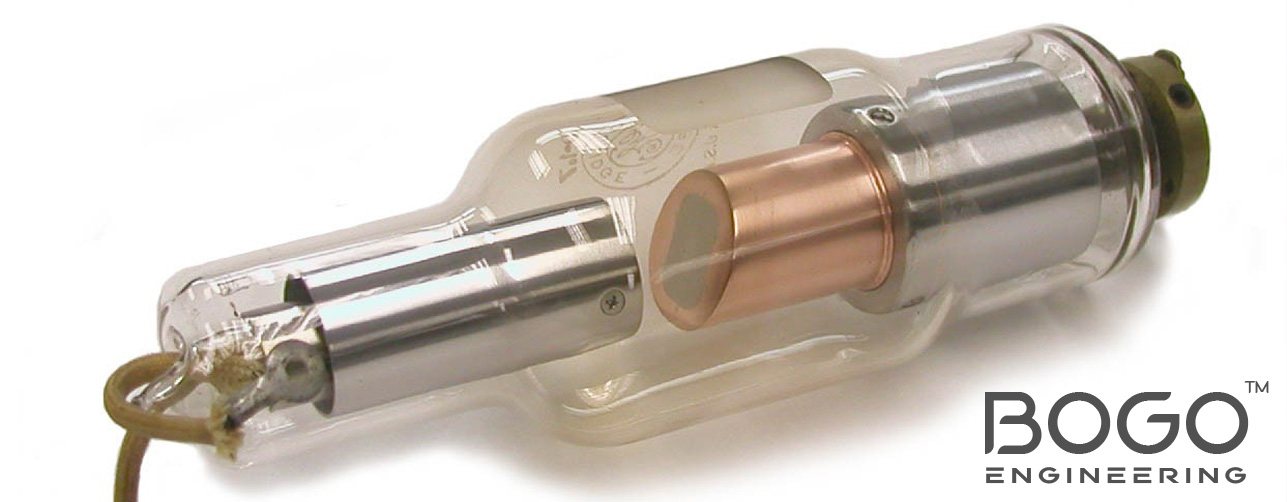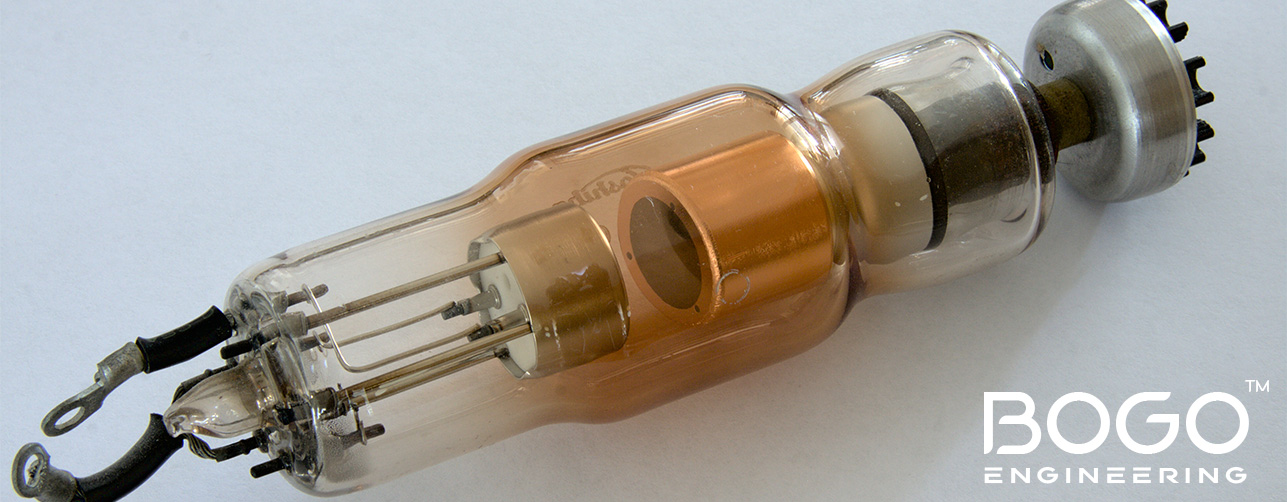
X射线技术中使用的电极产品:Bogo 在高热容量材料、纳米复合材料和完美结合方法方面的突破,有望显著提高电极的使用寿命。
X射线技术中使用的电极产品
在 X 射线管中使用的电极是至关重要的组件,能够促进 X 射线的产生。X 射线管通常由阴极(负电极)和阳极(正电极)组成。阴极在加热时发射电子,这些电子被加速向阳极方向运动。当高速电子与阳极碰撞时,便产生 X 射线。
材料:
阴极:通常由钨制成,因为钨具有高熔点和高效的电子发射特性。
阳极:通常由钨或钼等靶材制成,安装在旋转或固定的圆盘上,以有效散热。

优点:
阴极(钨丝):
高熔点:钨的高熔点(约3411°C)使得钨丝能够承受高温而不熔化。
高效电子发射:钨在加热时能够高效地发射电子,这是生成 X 射线所必需的。
阳极(钨或钼靶材):
散热性:钨和钼具有良好的热导性,有助于散发在 X 射线生成过程中产生的巨大热量。
X射线产生效率:钨的高原子序数使得它能够有效地与高能电子相互作用,从而提高 X 射线的产生效率。
缺点:
阴极:
磨损:由于热应力和电子轰击,钨丝可能随着时间的推移退化,最终导致失效。
制造复杂:制造过程需要精确控制,以确保性能和使用寿命的一致性。
阳极:
热量积聚:尽管具有良好的热导性,但过多的热量仍然可能积聚,可能损坏阳极。
材料成本:钨和钼是相对昂贵的材料,增加了 X 射线管的成本。
Bogo 的突破:
改进的阴极设计:
复合材料:使用复合材料改善阴极的热性能和机械性能。
先进的阳极技术:
高热容量材料:研究具有更高热容量的材料,以改善热管理。
纳米技术应用:
纳米复合材料:探索用于阳极的纳米复合材料,以提升其热性能和机械性能。
完美的结合方法:
借助 Bogo 的 DBC 方法,进一步增强电子发射的均匀性,从而显著提高电极的使用寿命。